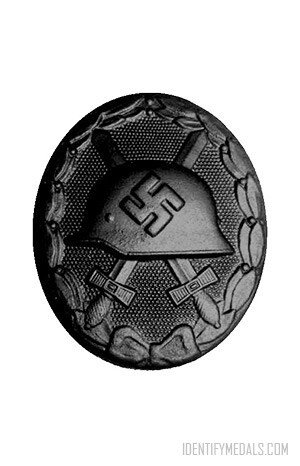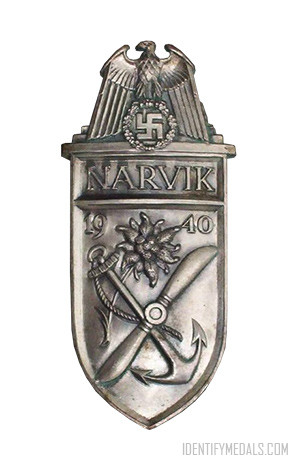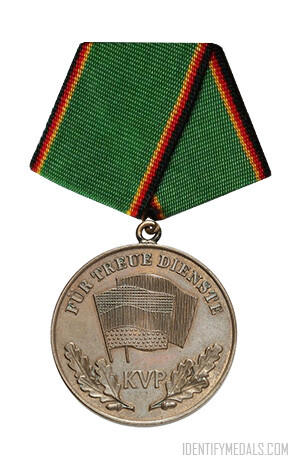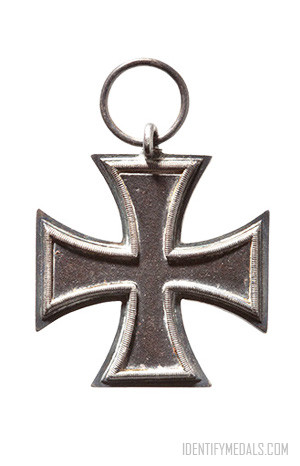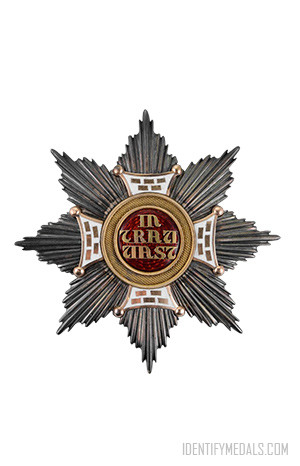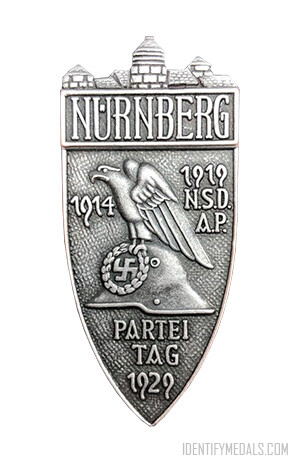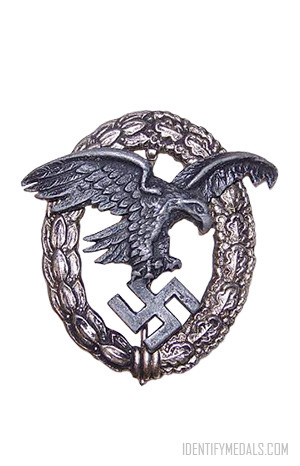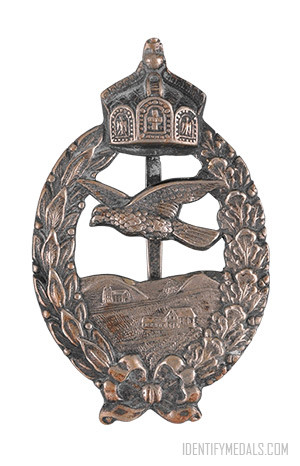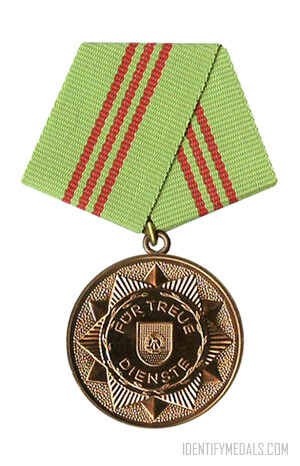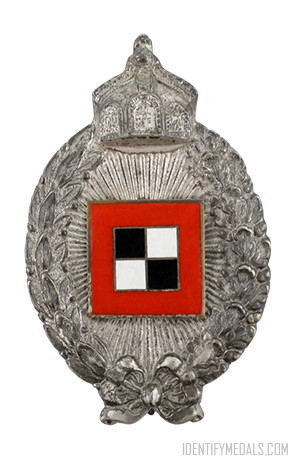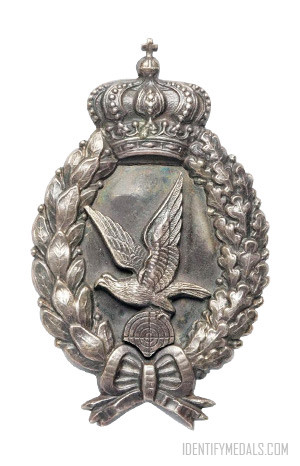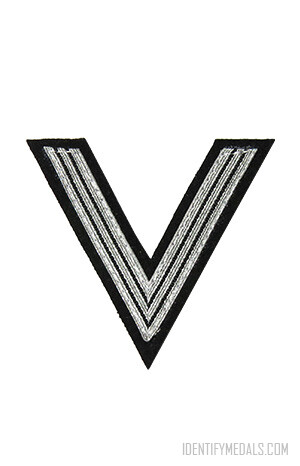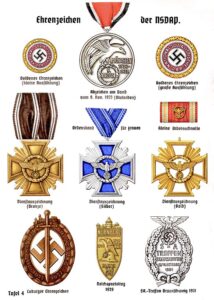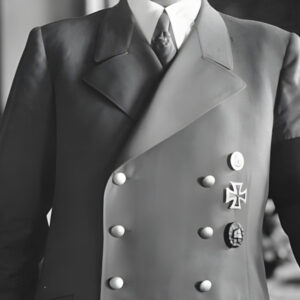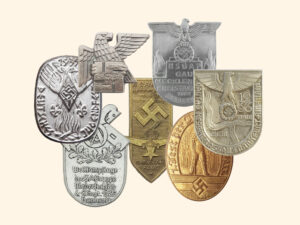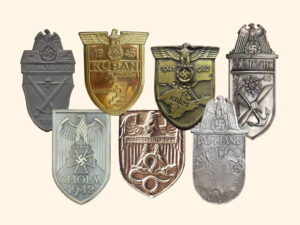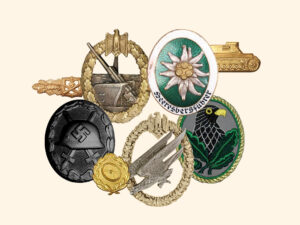- Time Period: The Great War
- Institution: 1918
- Country: Germany
The Wound Badge (Verwundetenabzeichen in German) was a military decoration of Nazi Germany that was first introduced during World War I to honor soldiers who were wounded in combat. In World War II, the badge was reintroduced with modifications and continued to be awarded to soldiers who sustained injuries in the line of duty.
The Wound Badge 1945, specifically, was instituted on March 22, 1945, during the final months of World War II. This version of the badge was intended to recognize soldiers who were wounded during the last phases of the war, which were characterized by intense fighting as Allied forces advanced into German territory.
After the defeat of Nazi Germany in 1945, the Wound Badge 1945, like other military decorations of the Third Reich, ceased to be awarded. However, it remains a significant historical artifact, serving as a reminder of the human cost of war and the courage displayed by soldiers in the face of adversity.
The WW2 Wound Badge Design
Like its predecessors from World War I and earlier in World War II, the Wound Badge 1945 came in three grades: black, silver, and gold. The black badge was awarded for one or two wounds, the silver badge for three or four wounds, and the gold badge for five or more wounds, injuries resulting in total disability, loss of a limb, or permanent damage due to combat wounds.
The design of the badge remained consistent with earlier versions, featuring a helmet and crossed swords surrounded by an oak leaf wreath. The color of the badge denoted the level of injury sustained, with the black, silver, and gold grades representing increasingly severe wounds.
Recipients of the Wound Badge 1945 were entitled to wear it on the uniform, typically on the upper left breast pocket of the tunic.
Wound Badge of 20 July 1944
The 20 July 1944 Wound Badge was only issued to those injured during the failed attempt on Adolf Hitler’s life at the Wolf’s Lair headquarters in Rastenburg, East Prussia. Hitler ordered a special wound badge to be awarded to commemorate the event, as he believed “fate had intervened” for him.
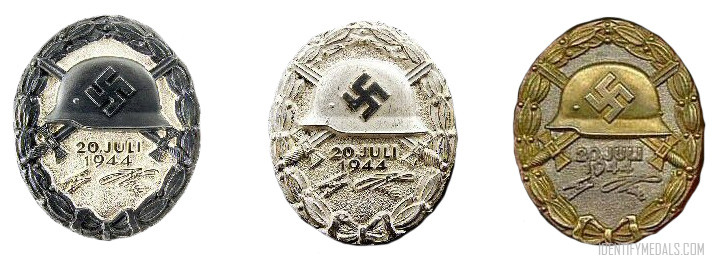
Hitler presented the survivors with the special wound badge as well as a unique award document. The first were in a ceremony on 20 August 1944.
Considered by collectors to be the “Holy Grail” of German WWII medals, this Wound Badge is often reproduced. The best counterfeit versions are correct down to the weight and maker’s marks on the back of the award, which make it very difficult to tell the difference between an original or a fake.
Find this Decoration
More Army/Waffen-SS War Badges
The Army/Waffen-SS war badges were military decorations awarded by Nazi Germany to members of the Army (Heer) and the Waffen-SS. Explore the complete collection below:
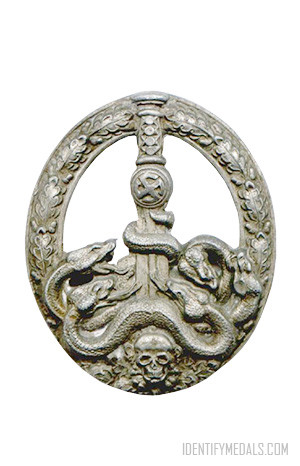
The Anti-Partisan Guerrilla Warfare Badge
The Anti-Partisan Guerrilla Warfare Badge is a Military Service Badge (Army/Waffen-SS) from the Third Reich, Germany, Second World War.
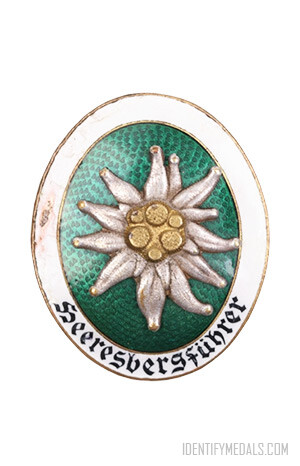
The Army Mountain Guide Badge
The Army Mountain Guide Badge was a German military badge awarded to experienced Gebirgsjager mountain guides during the Third Reich.
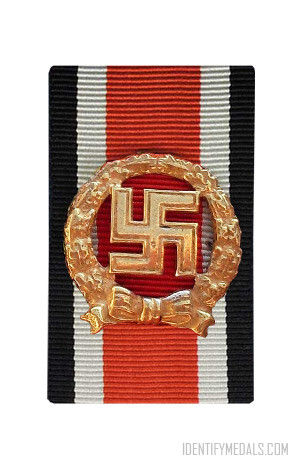
The Honor Roll Clasp of the Army
The Honor Roll Clasp of the Army / Heer was a German decoration first issued in July 1941 after the German invasion of the Soviet Union.
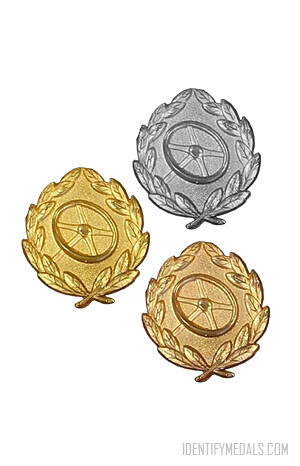
The Driver Proficiency Badge
The Driver Proficiency Badge was a German military badge awarded to drivers of military transport vehicles during World War II.

